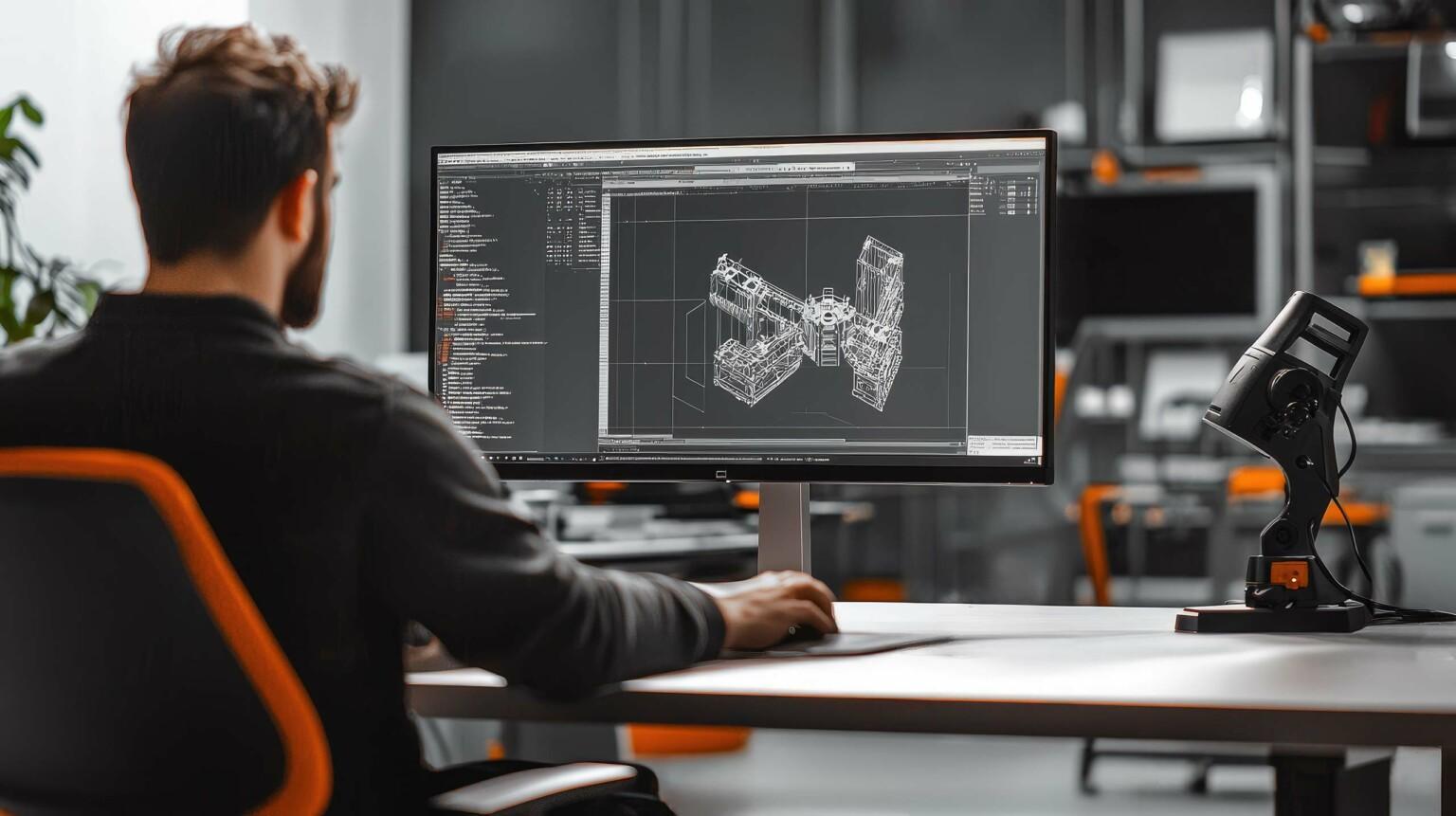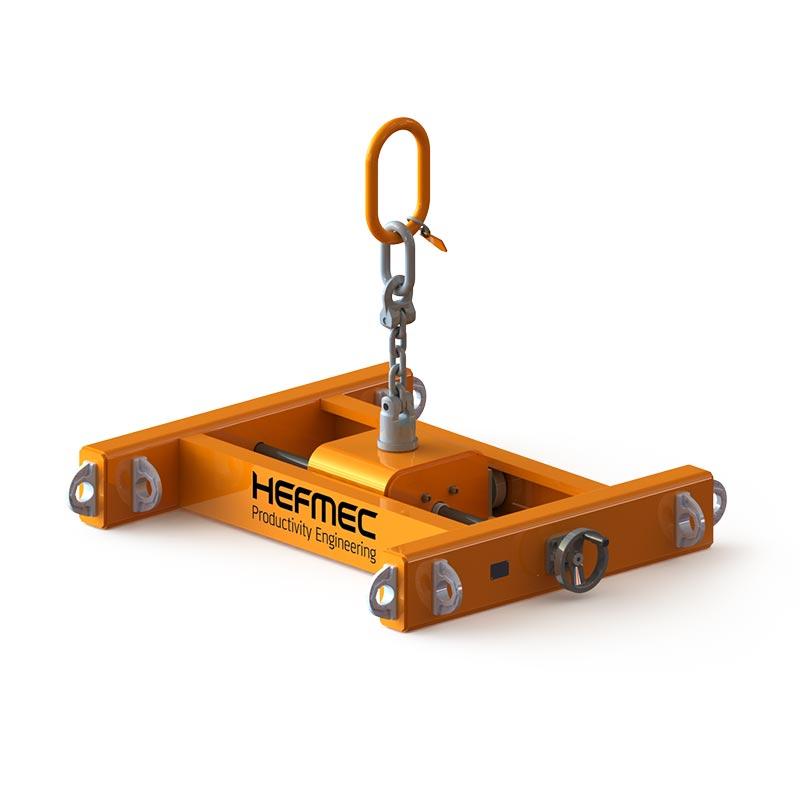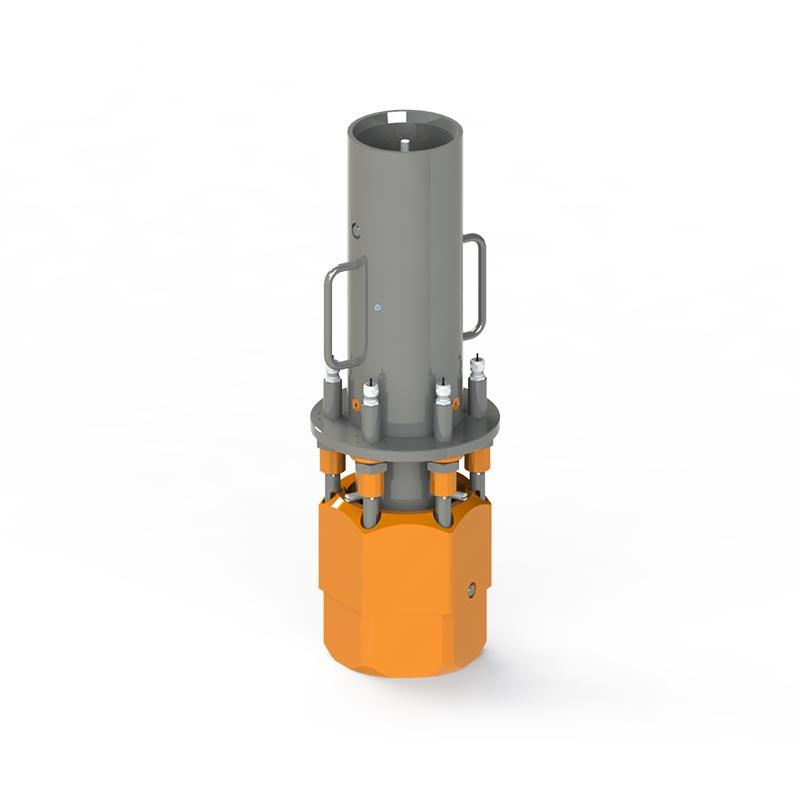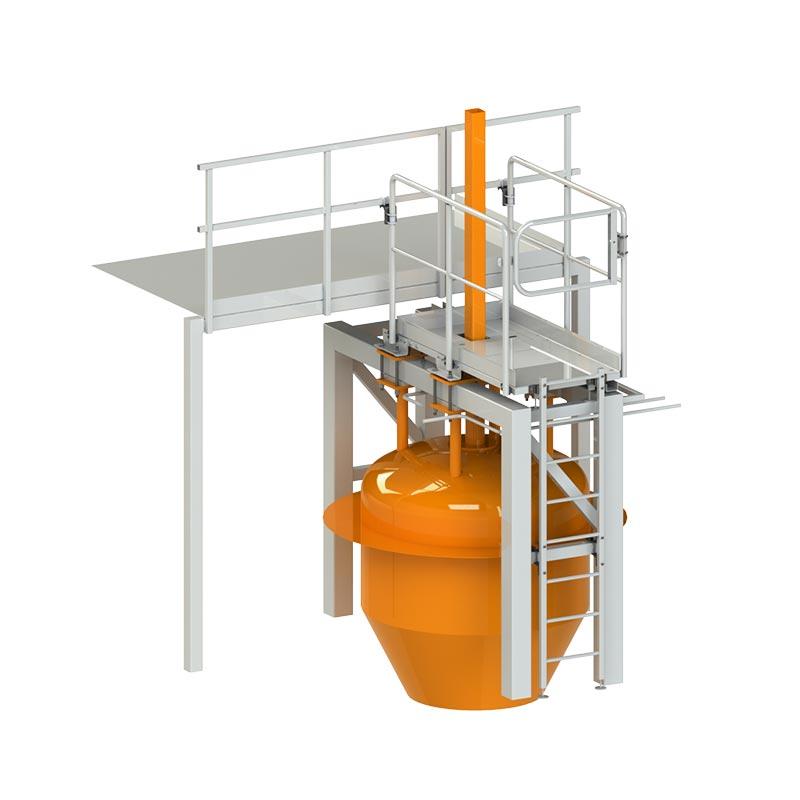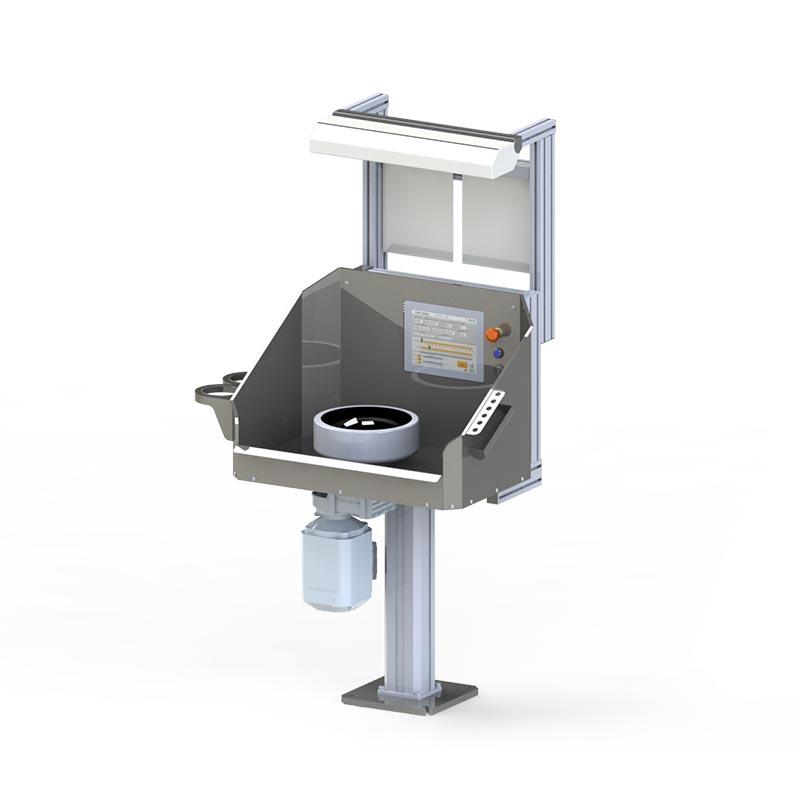Effective mechanical design provides the basis for scalability of production by enabling optimisation of production processes, capacity flexibility and cost efficiency. Design solutions have a direct impact on the speed and smoothness with which production volumes can be adjusted to market needs. Modularity, automation and taking account of future technology trends are key to a company’s ability to develop its production to meet growing or changing needs.
What are the main impacts of mechanical design on the scalability of production?
Mechanical design plays a crucial role in enabling production scalability. Carefully executed design provides the foundation on which an efficient and flexibly adaptable production process can be built. The effects are particularly visible in the ease and cost-effectiveness of increasing capacity.
Increasing production capacity can be achieved smoothly when the scalability of systems is taken into account in the mechanical design. This can mean, for example, designing production lines so that they can be easily replicated or extended without extensive redesign. In practice, this translates into significant time savings and lower investment costs during the scaling-up phase.
Optimising production costs is another key advantage of mechanical design. When materials, manufacturing methods and assembly processes are designed efficiently, production volumes can be increased cost-effectively. At Hefmec, we have seen how a well-designed product can reduce material wastage by up to 25% and speed up assembly time significantly.
Streamlining production processes is the third key impact. By designing products with manufacturability in mind, bottlenecks can be eliminated and processes simplified. This allows a rapid increase in production without quality problems or delivery delays.
How does modular design contribute to production flexibility?
Modular design is the cornerstone of scalability for efficient production. It is based on dividing the product into functional modules that can be developed, manufactured and tested independently. This approach offers significant advantages in terms of production flexibility.
The reuse of components is a key benefit of modular design. The same modules can be used in several different products, reducing design work, simplifying inventory management and enabling higher volumes of procurement. We have found that a well-executed modular design can reduce the number of unique parts by up to 40%, streamlining the production process significantly.
Product variation management is facilitated by the ability to create different product versions by combining modules in different ways. This allows a wide range of products to be offered without unmanageable increases in production complexity. The implementation of customised solutions is accelerated by the possibility of customisation through the combination of standard modules.
The adaptability of production lines is improved when modularity is also taken into account in the design of production processes. Production lines can be built to be flexible so that they can adapt quickly to the production of different modules. This allows a rapid response to fluctuations in demand and market trends.
How does taking automation into account in mechanical design affect scalability?
Taking automation into account already at the mechanical design stage is a critical factor for scalability of production. When products and production processes are designed to be automation-friendly from the outset, production volumes can be increased much more efficiently.
Automation requirements in mechanical design mean clear design principles, such as standardised interfaces, clear gripping surfaces and assembly directions. Complex geometries in the product design, which make automated processing difficult, should be avoided. At Hefmec, we have seen how automation-friendly product design can even halve the time needed to scale up production.
The integration of robotics is greatly facilitated when products are designed to be robot-friendly. This means, for example, designing parts so that they can be easily located and handled by robotic tools. Automation of production allows capacity to be multiplied without a corresponding increase in personnel.
Optimising human-machine cooperation must also be taken into account in the design. It is not practical to automate everything, so production must be designed to ensure an efficient division of labour between people and automation. This allows for more flexible scaling of production and more efficient use of resources as demand changes.
When should a company invest in redesigning its mechanical design to improve scalability?
Mechanical design renewal is a strategic decision whose timing is an essential part of successful implementation. By identifying the right timing and signals, a company can ensure that its investment in design development delivers maximum benefit.
Changes in production volumes are the clearest signs of the need for modernisation. If the current production model is starting to show signs of overcapacity, or if increasing capacity with current solutions would require disproportionate investment, it is time to review the rationale for mechanical design. Often a 30-50% capacity increase is the critical point at which redesign becomes viable.
Technological advances are constantly offering new opportunities to make production more efficient. When new manufacturing technologies or automation solutions come on the market that could significantly improve production efficiency, the suitability of existing products for these technologies should be assessed. We have found that updating designs to take advantage of new technologies can significantly improve productivity.
The effects of market changes can also indicate the need for reform. If customer requirements change towards greater customisation or faster delivery times, a fundamental overhaul of the product structure and production process may be necessary to remain competitive.
What are some practical examples of successful scalability solutions implemented through mechanical design?
In industry, there are numerous examples of how industrial design has enabled efficient scalability of production. These cases provide concrete evidence of the impact of mechanical design on business growth opportunities.
In the electronics industry, one of our customers modernised their component assembly into a fully modular system. This upgrade allowed them to increase production capacity by 200% with only 15% additional investment compared to the original plan. At the same time, the number of product variants increased from 40 to over 100, while the production control process was greatly simplified.
In the engineering industry, we implemented a production line for metal components, where we paid special attention to the manufacturability and automation-friendliness of the products. The product redesign tripled manufacturing capacity with the same equipment resources and reduced production lead time by 65%. In addition, material wastage was significantly reduced.
In the food industry, we developed a packaging line that was designed from the ground up to be scalable. Thanks to its modular design, the line could initially be deployed at basic capacity, and later doubled in size without interrupting production. This allowed for a phased investment and rapid market entry.
The future of mechanical design for production scalability
In the future, the role of mechanical design in enabling production scalability will become even more important. New technologies and operating models will open up unprecedented opportunities to improve production flexibility.
The impact of digitalisation is particularly visible in the rise of digital twins. Accurate digital models of products and production systems are created to simulate and optimise production before physical changes are made. This speeds up scalability and significantly reduces the associated risks.
The use of AI in mechanical design enables increasingly advanced generative design methods, where an algorithm produces optimal solutions within given constraints. This allows the creation of structures that are simultaneously lighter, more durable and easier to manufacture.
The requirements of sustainable development are increasingly driving design towards material efficiency and the circular economy. Future products will be designed to be easily upgradeable, repairable and ultimately recyclable, which will also support scalability of production in a responsible way.
Concrete steps to prepare for the challenges of the future start with a critical assessment of current products and processes. We recommend that companies update their design principles to take into account modularity, automation and digital tools. This will create a strong foundation for future production scalability.

